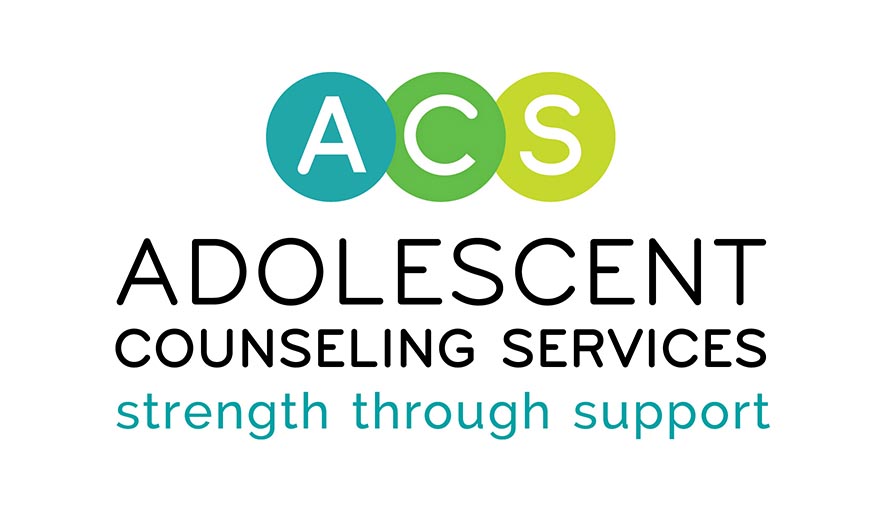National Alcohol Awareness Month was first started in 1987 by the National Council on Alcoholism and Drug Dependence (NCADD) to create awareness about the use of alcohol and the serious consequences associated with its misuse.
The
NCADD reports that teens who experiment with alcohol before age 15 are four times more likely to become alcohol dependent when they are older than those that wait until age 20. Which is why education and prevention are so critically important to reducing alcohol-related problems and alcoholism
Alcohol is widely available and aggressively promoted throughout society. It is the most commonly used and abused drug among youth in the United States — more than tobacco and illicit drugs — and although drinking by persons under the age of 21 is illegal, people aged 12 to 20 drink 11% of all alcohol consumed in the United States.Early use of alcohol can draw young people into a host of problems and aggravate existing ones. Each year, approximately 5,000 young people under the age of 21 die as a result of underage drinking. This includes about 1,900 deaths from motor vehicle crashes, 1,600 as a result of homicides, 300 from suicide, and hundreds from other injuries such as falls, burns, and drownings.
One of the many problems linked with the misuse of alcohol is the increased likelihood of a person abusing prescription drugs. The most prevalent prescription drugs to be abused by people who are also abusing alcohol include prescription opiates like
Oxycontin, prescription stimulants like
Ritalin, prescription sedatives and anxiety medications like
Valium and prescription sleeping medications such as
Ambien. It is strongly advised not to use alcohol of any amount with any of these types of medications.
Teens At Risk
So who is at risk for alcohol use and abuse? Often, kids who experience depression and anxiety may use alcohol in an attempt to self medicate their symptoms. Kids isolated from their family system without other positive connections may seek involvement with alcohol or drug-involved peer groups. Kids with pervasive family or school-related stress, poor coping skills, and family members with drug or alcohol problems are also at increased risk. However, though some groups may be at increased risk, alcohol use among teens is such a pervasive problem that all teens can benefit from prevention activities.
What Can Parents Do?
Parents can help to reduce their children’s risk of problem drinking by educating their kids and keeping a more watchful eye on them, especially as they enter middle schools and high school. We know that high levels of parental monitoring are associated with lower levels of both high school and eventually college drinking. Research has linked parents’ disapproval of underage drinking to a lower risk of alcohol use, and that increased parent-child hostility has been tied to a greater likelihood of problem drinking.
ACS’
Adolescent Substance Abuse Treatment Program has been developed to address the underlying cause of alcohol and substance abuse in teens and treat this disease with weekly family therapy, the 12 Step reinforcement program, individualized therapy, and group therapy.
If you feel that your child is abusing alcohol or prescription drugs,
call
Connie Mayer, ACS Director of Outpatient Counseling Services
at 650.424.0852 ext. 104 or email connie@acs-teens.org to schedule an appointment.
Articles used for this post are from the following sites:
